Tihar | Festival of Lights
Tihar- Celebration of Lights. It is regarded as the second popular festival in Nepal…
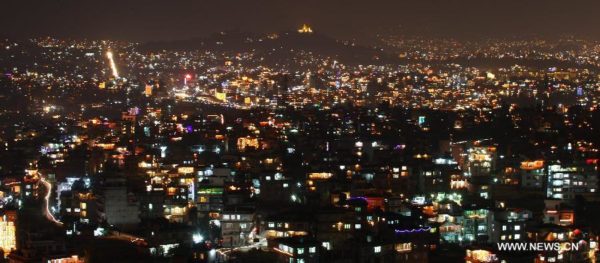
Tihar- Celebration of Lights. It is regarded as the second popular festival in Nepal…
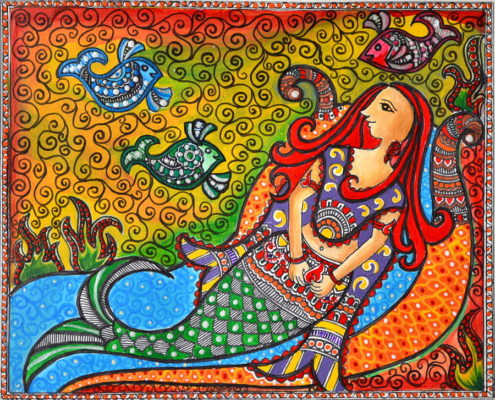

This art is a strict monopoly of the women of Mithila.They cover their courtyard walls in abstract images in brilliant colour, resembling in form and function the sand paintings of the Navahos. The art is a kind of traditional painting that reflects the natural environment including animals, people, life style, tradition and culture of the local people.
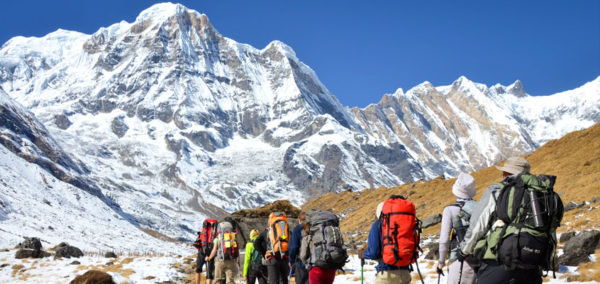

Nepal Trekking Season generally known best as two seasons after falls and after the winter. The following month mid of September to mid of December consider ever best season of trekking in Himalayas. During this period of months have pleasant climate condition not so hot and cold and visibility of mountain are crystal clear. There is another best season of trekking Nepal after winter when sun getting more warmer in spring time may trekkers to Himalayas can again enjoy comfortable climate condition. In spring season in Nepal many different types of flowers bloom both trees and ground and it is also the best time to climb up peaks for expedition.

Men and women are equal

A single statement applicable to all the women in Nepal cannot be made as different groups of women enjoy different status. For instance, Hindu women and the women belonging to indigenous ethnic groups have different rights and suffered from different modes of oppression. The latter groups enjoy more excess and control of researchers. Indigenous women have relatively a higher degree of social mobility, and posses freedom within the private sphere.
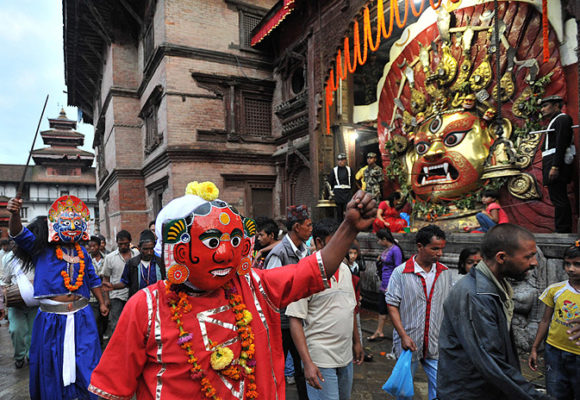

Indra is Lord of Rain and the king of Heaven. Jatra is procession. Indra Jatra is celebration of God Indra’s Day. Indra Jatra is festival of Kathmandu, the capital of Nepal. Some believes Indra Jatra is thanking day to lord Indra for the rain. According to others, the festival is celebrated in the honor of Bahirab, who is Shiva’s manifestation and is believed to destroy evil.
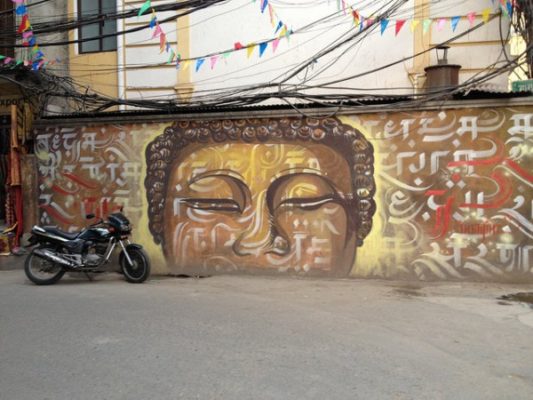

Art
The art and culture of Nepal has been strongly influenced by the religious beliefs of the country. The artwork is decorative, delicate and very beautiful. Nepal art is strongly influenced by the culture of the people and the two really go together and are interwoven. The two most typical forms of art are that of paintings and sculptures. Nepal art and culture has changed little over the centuries though western influences are slowly starting to affect some modern artists.
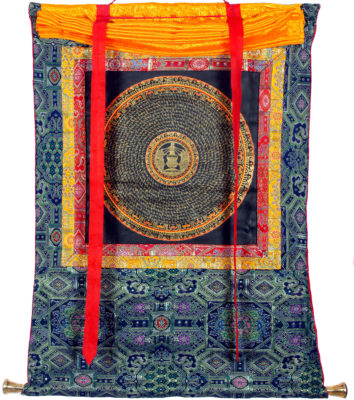

Thangka is a Silk painting with embroidery, usually showing a Buddhist god, famous scene, or a mandala. The Thangka is very different than regular oil or acrylic painting. It is a piece of picture which is painted or embroidered, over which a fabric is attached, and then over which is laid a cover, usually silk. Generally Thangkas last for a very long tenure. It is delicate and hence, should be stored in dry places. Moisture is not at all good for it. Thangka is also known as scroll- painting.
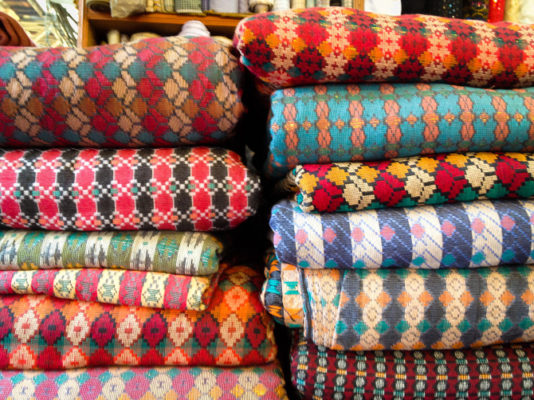

What are topis anyway? Are they a symbol of honor, a basic fabric of culture or an utterly exaggerated form of clothing
Each culture that’s proud of its existence has pieces of clothing with stories that go back into the past. A veil or a scarf. A meager hair pin or an exaggerated gown. When it comes to Nepal, there is nothing that can explain our history as clearly as the Nepali topi.
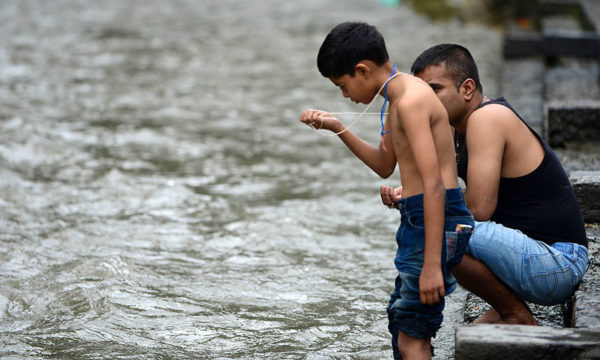

Janai Purnima, the thread festival, falls on the full moon day in the month of Bhadra (August/ September) and is celebrated with great gusto, devotion and splendor by Hindus all over the country.
Janai is sacred thread and purnima is full moon day, hence, Janai Purnima points to the change of the thread on the auspicious full moon day. On this day, the Tagadharis (Hindu men wearing the sacred thread), especially the Brahmins and Chettris performing their annual change of Janai (sacred yellow cotton thread) slung from the shoulder and also tie Tago (sacred thread) sanctified by priests chanting the Gayatri Mantra as a symbol of protection. The janai is given to Hindu men in coming-of-age ceremony called Bratabandha that initiates them into manhood and commands them to faithfully follow the religion. It must be worn everyday of their lives from this day onwards. The triple cord of janai is a symbol of body, speech and mind, and when the knots are tied the wearer is supposed to gain complete control over each. After taking bath and making offerings to the Saptarishis (seven legendary Rishis or sages) and to their departed fathers and fore-fathers, the tagadharis put new janai with a belief of having absolute control over mind.
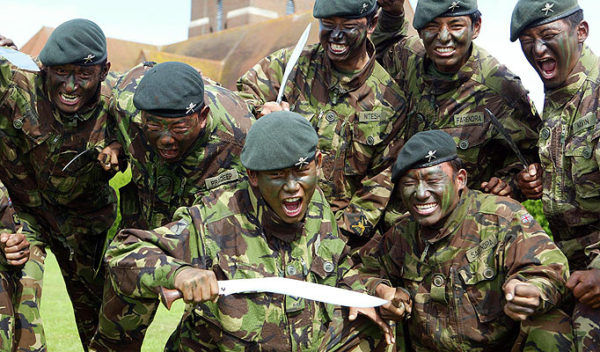

“Better to die than be a coward” is the motto of the world-famous Nepalese Gurkha soldiers who are an integral part of the British Army. They still carry into battle their traditional weapon curved knife known as the Khukuri.In times past, it was said that once a Khukuri was drawn in battle, it had to “taste blood” – if not, its owner had to cut himself before returning it to its sheath.
End of content
End of content
We care about your privacy
In order to provide you a personalized shopping experience, our site uses cookies. By continuing to use this site, you are agreeing to our cookie policy.
Don't have an account yet? Sign up
No items in your cart. Go on, fill it up with something you love!
Start Shopping Now